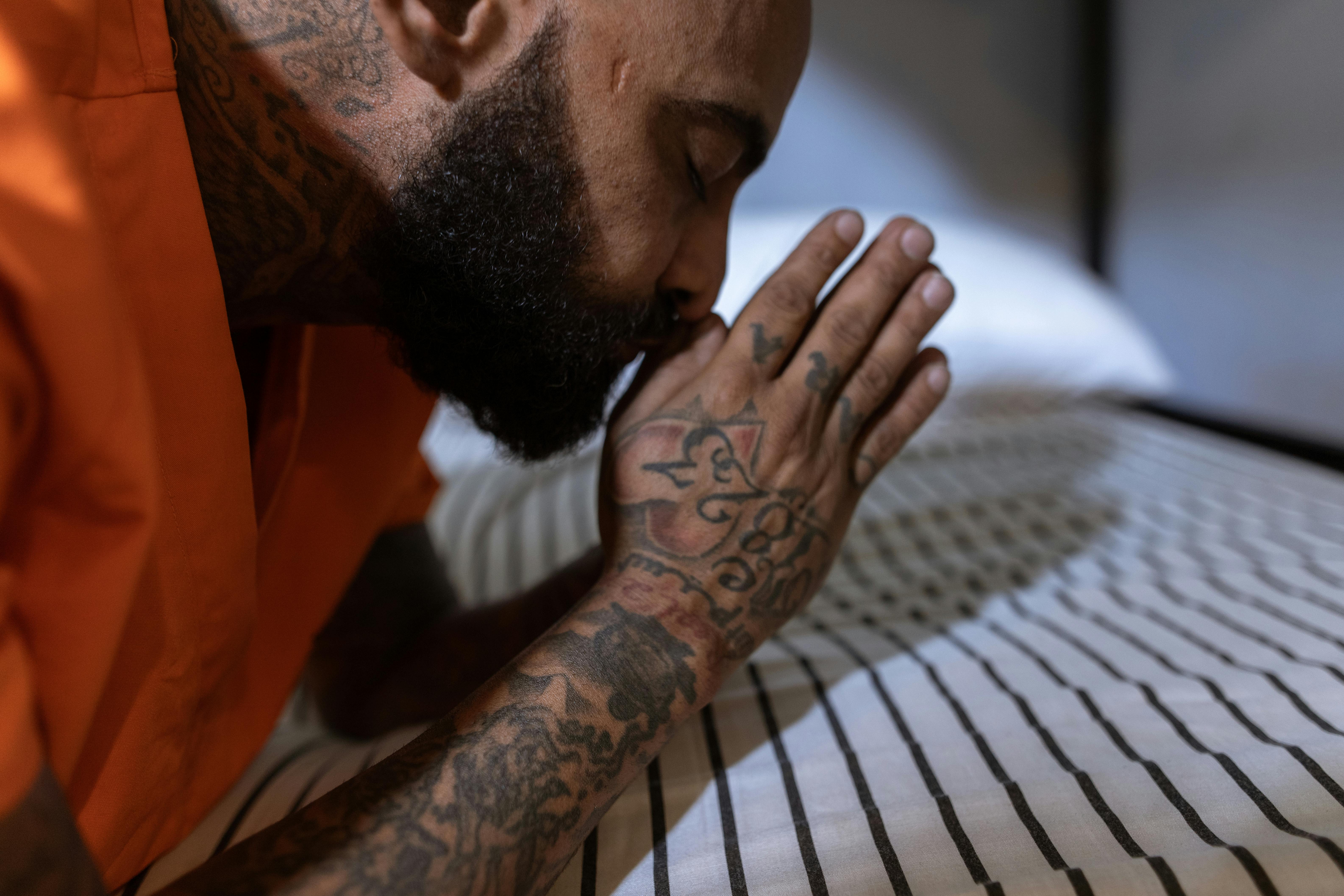
Anxiety: the best way to heal themselves
“Get over it” or “Be smart” is that what we say, or at least think, when one of our friends or family members has let a situation or event drag on? Do we ever consider that they may not be able to just get over it or get better; they may be dealing with a real illness and need real help, not criticism.
Anxiety disorder is a real illness and it is the most common mental health problem in the United States. According to the American Psychiatric Association, more than 25 million Americans have these disorders. Children and adults are affected. There are several types of anxiety disorders, including post-traumatic stress disorder (PTSD), generalized anxiety disorder, panic disorder, obsessive-compulsive disorder (OCD), and phobias.
Anxiety creates stress for all of us, at some point, to varying degrees, but it becomes a disorder when it can no longer be seen as rational or is negatively affecting someone’s life. People experience extreme worry, anxiety, panic, or an overwhelming fear of losing control, as well as physical symptoms. Anxiety disorders prevent people from living their daily life, let alone enjoying it to the fullest.
If you, or someone you know, is suffering from the following anxiety disorder symptoms, it is advisable to encourage and/or seek medical attention. Here is a list of the most common symptoms of the above anxiety disorders:
PTSD
– Overwhelming feeling of panic or fear
– Flashback/relive a traumatic event
– Nightmares
– Insomnia
Generalized anxiety disorder
– Uncontrollable worrying thoughts about everyday things, without justified cause, often exaggerated, lasting six months.
Although, treatment may be warranted sooner
– Irritability
– Trouble falling or staying asleep
panic disorder
– Overwhelming feeling of panic.
– Avoidance of people or places.
– Fear of losing control
OCD
– Obsessive thoughts, such as contamination by germs
– Repetitive actions, such as washing hands or checking if
the windows are locked
– Repeat phrases, numbers, etc…
phobias
– Fear that triggers intense anxiety
Many physical symptoms add to the difficulty of anxiety disorders. The following anxiety disorder symptoms span across much of the disorder. Many people feel nauseated or their heart races so much that they feel like they can’t breathe. They often have headaches, feel dizzy, sweat, or have chills. Shaking or tremors, as well as intense tension and sore muscles, are part of the regular regimen. Also, for someone with an anxiety disorder, chronic sleep problems plague them. It becomes a vicious cycle.
Sleep is an essential requirement for good health, both mental and physical. Not getting enough sleep can result in poor job or school performance, impaired judgment, and diminished attention, which could lead to injury. Also, some drugs given to treat anxiety can cause insomnia, so the cycle continues.
Treatment is often avoided due to the stigma attached to mental illness. People try to deal with issues on their own. They hear, “Where’s your willpower?” or “All you need is a kick in the butt.”
There are many effective anxiety disorder treatments available. The National Institute of Mental Health lists some of the antidepressant medications that have been effective in treatment. Psychotherapy is also recommended in the form of behavioral therapy and cognitive behavioral therapy. It’s a good idea to discuss treatment options with your doctor.
On a last note, we as human beings must support all people. Lift the stigma of mental illness and help others and ourselves. We need to take the time to put ourselves in another person’s shoes before judging. We must also understand that mental illness can happen to anyone, at any time.